Do you ever find that those are some students who just can’t seem to get a skill after the millionth time you have practiced it? This was definitely me a few weeks ago while teaching measurement conversions.
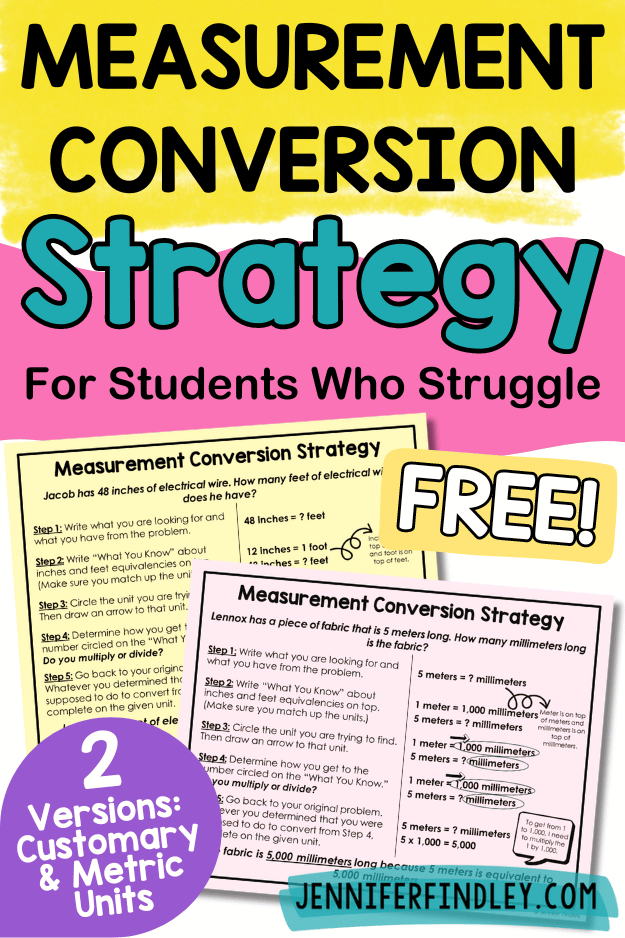
We were struggling with measurement conversions because students had little understanding of measurement and little to no knowledge of relative sizes of the unit. They did not know when to multiply and when to divide to convert.
We had worked on other strategies such as making a list and drawing visuals. But we were getting into larger amounts, and they needed to really move into writing equations to convert.
Here is the strategy, step by step:
Step 1: Write what you are looking for and what you have from the problem.
Step 2: Write “What You Know” about inches and feet equivalencies on top. (Make sure you match up the units.)
Step 3: Circle the unit you are trying to find. Then draw an arrow to that unit.
Step 4: Determine how you get to the number circled on the “What You Know.” Do you multiply or divide?
Step 5: Go back to your original problem. Whatever you determined that you were supposed to do to convert from Step 4, complete on the given unit.

24 inches = ? feet
12 inches = 1 foot
The students then use this information strategically to determine whether multiplication or division is needed to solve the equivalency problem.
I think this strategy works because it puts in steps what proficient students do internally. Also, it forces the students to really stop and think about the units and how to convert them.
This poster also works great in an interactive notebook. I have included a version that prints four per page to make printing and using a breeze!
If you need printables to practice measurement conversions, I have a Measurement Conversion printable pack that includes 25 pages of conversions, whole numbers, decimals, and fractions are included (and separated so you can differentiate as needed).
Click here to check out the Measurement Conversion Printables on TpT.


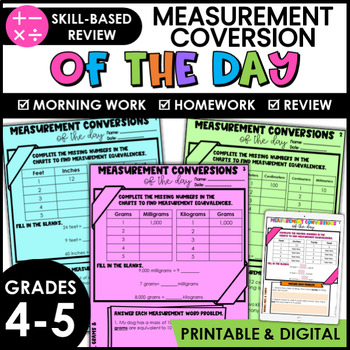
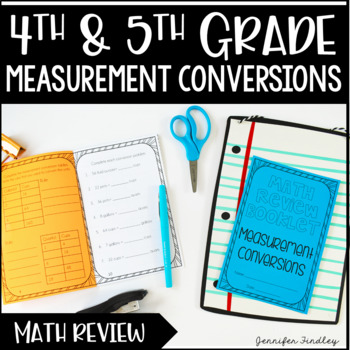
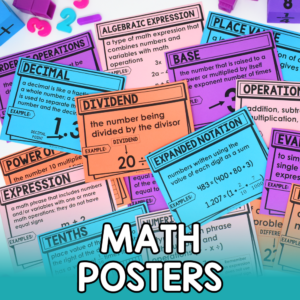
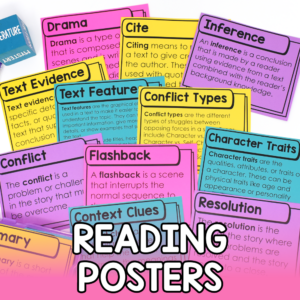
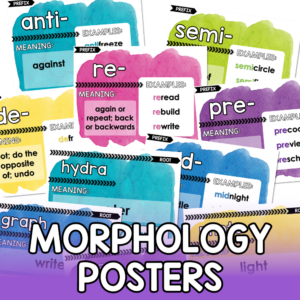
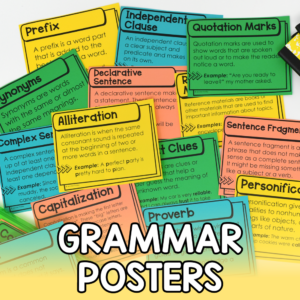


Great explanation. After some repeated practice, and referring back to their notebook page, they should be pros. That would also make a GREAT anchor chart:)
Brandi
My Teacher Friend
Thank you so much for sharing. I can't wait to try this with my kids.
Alison
Rockin' and Lovin' Learnin'
We use the metric system, so conversions are WAY easier – I don't envy your pain!!!
Erin
The E-Z Class
Found the phrase: horse to fly- multiply (big unit to small) and fly to horse- divide of course (small to big). My students love it!
I don't have any cool tips or tricks for measurement, but I am happy to search the internet and borrow cute ideas like these! Thanks for sharing!!
I use ratio tables for EVERYTHING!
Thanks for sharing! This will come in handy for the conversion is our math journal.
Amy
Turtley Loving Teaching
I just went through this myself when my 5th graders switched from metric to customary and I thought there has to be trick or strategy like the metric system stair step. I sat down one day and worked and worked at it and then BOOM! I came up with a great stair step strategy much like the metric stair system that is really easy to use for US Customary measurements. I am new to posting a comment on a page so I don’t want to write about a product on here if you aren’t supposed to. So please email me back and let me know if you want a sneak peek at what I came up with, and if you like it I will post more info about it?
Hi Galle,
Please email me @
[email protected]
your stair step strategy , that you came up with.
My kids are kind of struggling to understand when do they need to divide and when to multiply.
Thank you so much in advance.
You’ll be doing a huge favor to some kids in ESL , who are smart but sometimes language comes in the way of full comprehension,
SC from New Jersey.
I would love to see this stair step strategy as well! I have a couple of struggling 4th graders.
[email protected]
I wish I had found this earlier. I can think of several students who could have really benefited from this last year. At least I can use it for this year’s group. Than you for all your work.